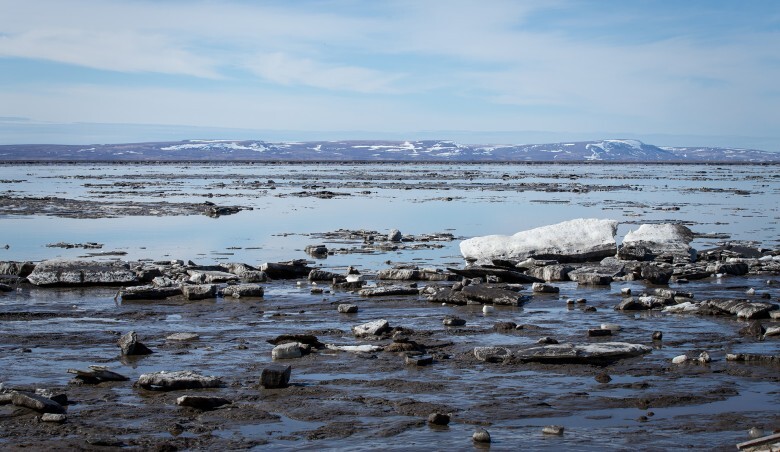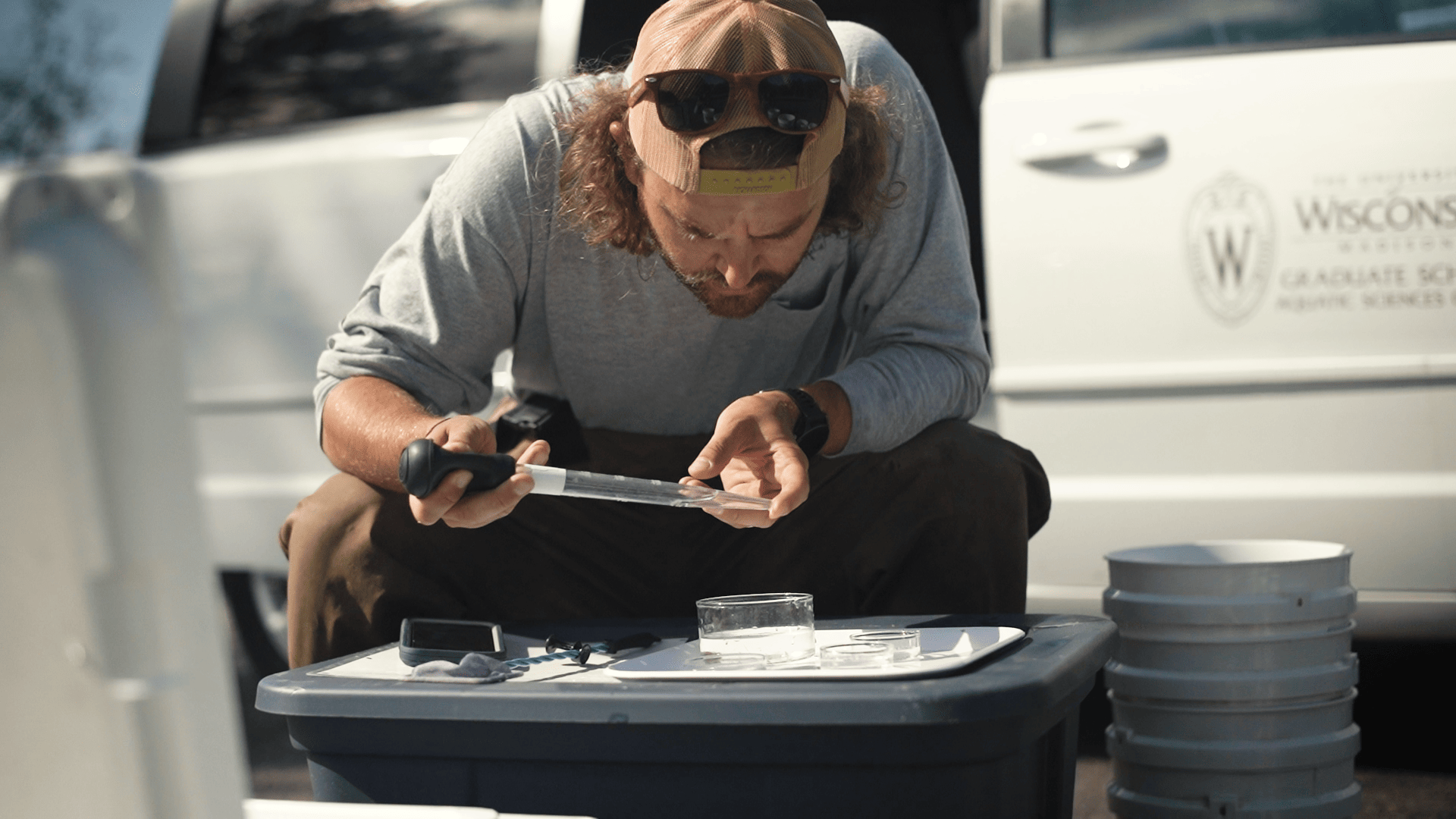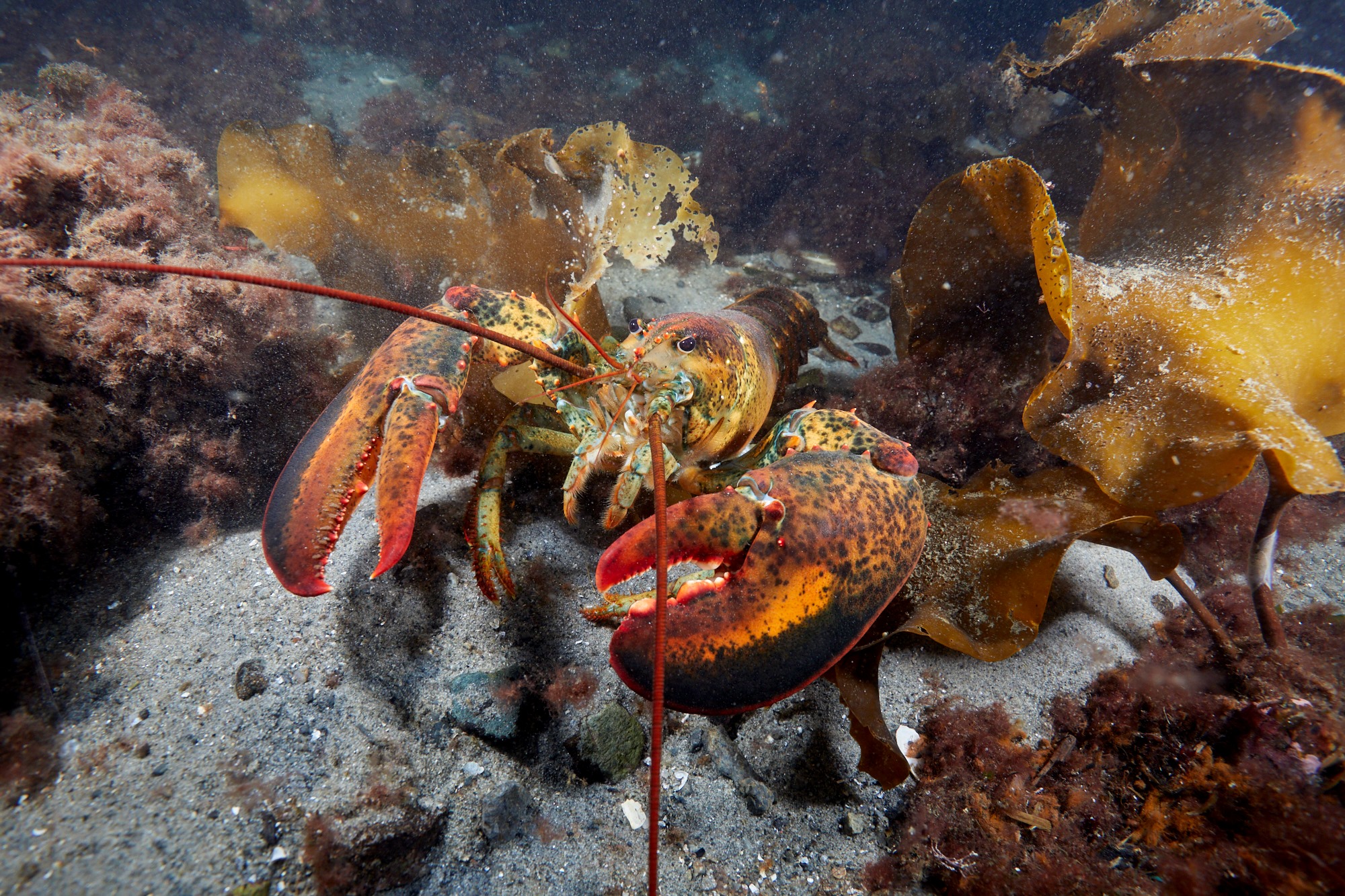Sea Grant and NOAA Fisheries are pleased to announce the 2021 National Marine Fisheries Service (NMFS)-Sea Grant Joint Fellowship recipients. Five population and ecosystem dynamics fellowships and two marine resource economics fellowships were awarded through this national program.
The fellowships offered within this program are aimed at training the next generation of specialized experts in fisheries management. The program addresses the critical need for future fisheries scientists with expertise in stock assessment and related fields.
“This partnership effort between Sea Grant and the National Marine Fisheries Service represents NOAA’s sustained dedication to developing the next generation of fisheries scientists,” said Nikola Garber, Ph.D., Sea Grant’s deputy director and partnerships lead. “We are excited to welcome the incoming class of NMFS-Sea Grant fellows.”
Since 1999, the NMFS-Sea Grant Joint Fellowship program has supported students pursuing doctoral degrees in population and ecosystem dynamics as well as marine resource economics.
The field of population and ecosystem dynamics is critical to making high-quality fishery stock assessments in order to properly manage U.S. fisheries. Fellows’ research focuses on modeling and managing systems of living marine resources, which includes assessing the status of fish, invertebrate, marine mammal, seabird and other protected species stocks. Many of the research projects for this year’s fellows are examining how such populations will be affected by climate-driven changes.
“I am focusing my research on how we can adapt our fisheries management strategies to account for climate change and the changing ocean ecosystem,” noted population and ecosystem dynamics fellow Janelle Morano, of New York Sea Grant. “Being awarded the fellowship feels great as it recognizes the research I am conducting.”
The marine resource economics fellowship concentrates on economics related to the conservation and management of living marine resources. This year’s research projects focus on strategies for reducing antibiotic use in aquaculture and factors influencing participation and diversification in small-scale commercial fisheries.
“Part of my research will be a survey of Virginia’s commercial fishermen to see about their willingness to participate in an emerging fishery — in this case, blue catfish,” stated marine resource economics fellow Shelby White, of Virginia Sea Grant. “If it comes out there’s a reason why they’re not participating that could be fixed, this could potentially provide them another feasible option for diversification.”
Fellows are chosen through a competitive process that involves national review by an expert panel. During their fellowship, fellows are guided by at least two mentors, one from the fellow’s university and one from NOAA Fisheries, and they are required to participate in a yearly research symposium.
Since the fellowship began, it has supported over 100 population and ecosystem dynamics and 36 marine resource economics doctoral fellows. A 2018 review of the program found that 92% of fellows remain in their field and about 30% work for NOAA as fisheries scientists. Alumni of this fellowship typically hold future positions in NOAA Fisheries, other agencies, academics and fishery management councils.
Post-fellowship, incoming population and ecosystem dynamics fellow Samara Nehemiah, of Maryland Sea Grant, hopes to work for NOAA as a fisheries biologist, developing stock assessments for exploited species. “This fellowship will provide me with incomparable experience and tools that will allow me to progress in the field of quantitative fisheries and stock assessment.”
Meet the 2021 NMFS-Sea Grant Fellows below.
To learn more about the field of fisheries management and how experiences like the NMFS-Sea Grant fellowships address the need for career development opportunities in this specialized field, see this report to Congress and this academic paper.


